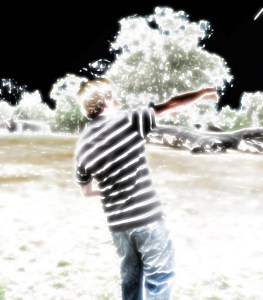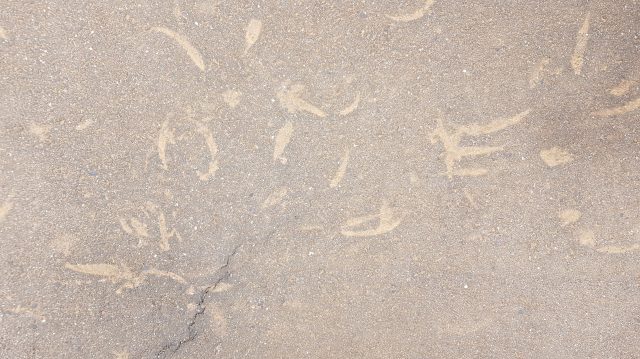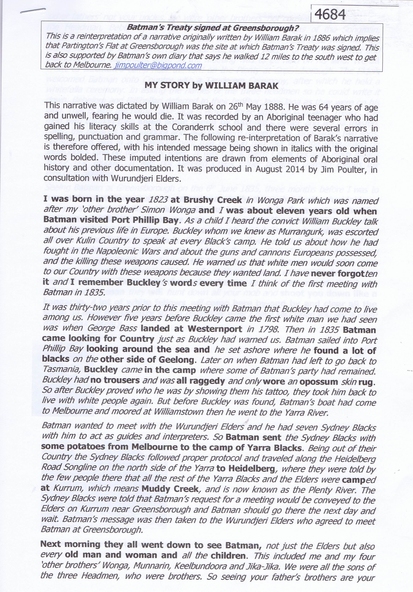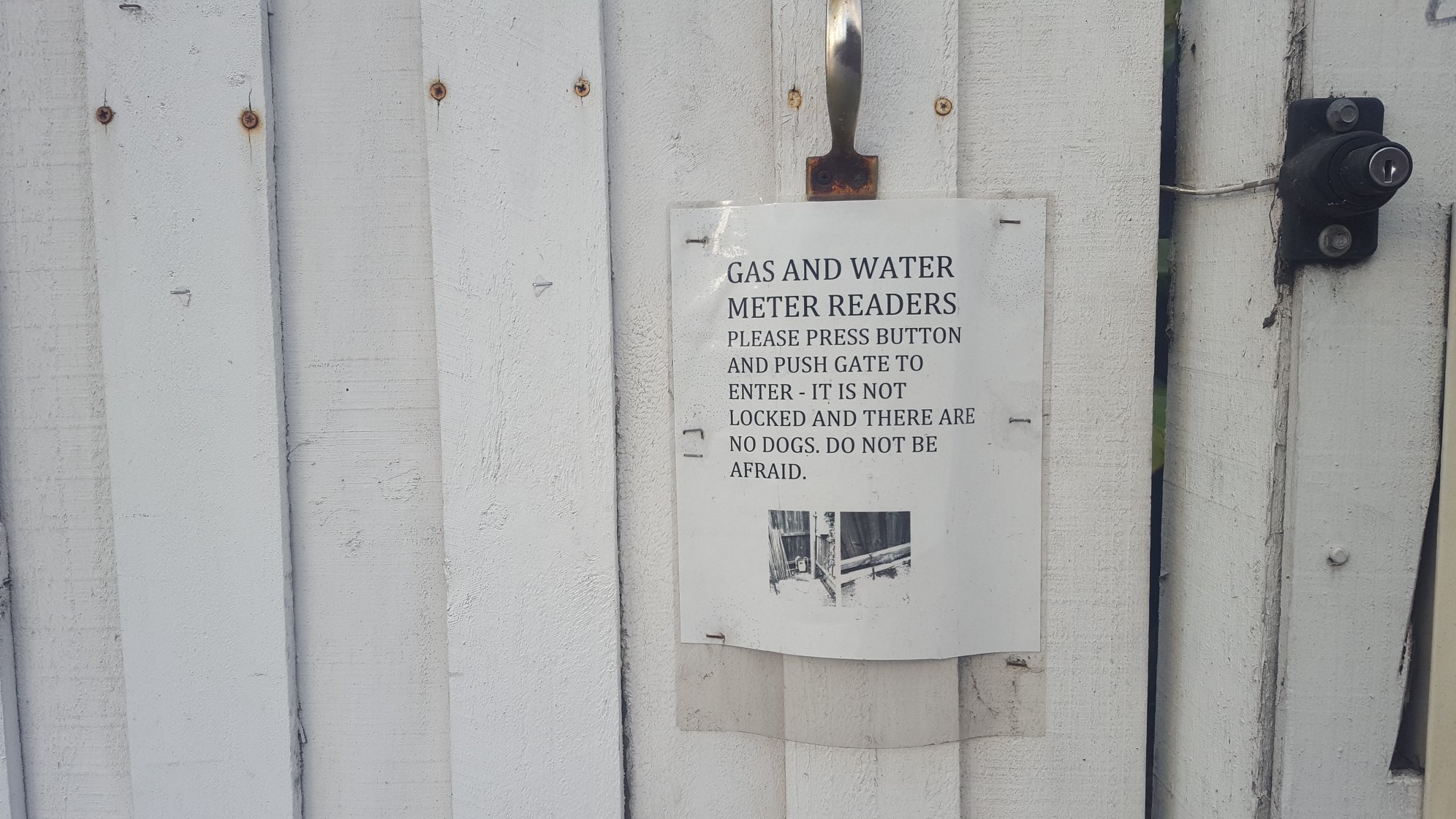
Today I am writing about place. Specifically about how do you capture the essence of place? Stories, memory, land and an invitation. Word count = 0. Work in progress…

Today I am writing about place. Specifically about how do you capture the essence of place? Stories, memory, land and an invitation. Word count = 0. Work in progress…

Whenua, in te reo, means land and is the same word for the placenta. That which nourishes. That which we come from, that to which we return.
It is a tradition to plant the placenta and umbilical cord beneath a tree, in a special place, in the place you come from. You are intimately connected to the land. The tree grows as you grow. The landscape is changed because of your presence in the world, because you put something into the land that nourishes it and then the land produces the food that nourishes you in turn.
You will always be connected to this place.
We are children of Papatūānuku, the Earth Mother. How often, when faced with a decision and uncertain what to do, do we go home, connect with where we come from, listen to and learn from the land to get perspective and clarity?
What remains when land and sky are gone? What endures? Listen to the story you were born into.
Whenua/earth #advent2020
Last night I attended a session of the Faces of Hunger Film Festival 2020 and have to share with you this beautiful visual poem by Alberto Zuniga… “a plate of food is a survivor, a traveler, a passport, an ambassador, an inheritance”. I hope it brings back the flavour of something your Nana used to make and the memory of the taste of childhood. “We eat what we are, what we have been, what we will be”

It’s late, or early, and I can’t sleep for thinking about loss.
Tomorrow, or today, I have my first online funeral (cancer not COVID) but I can’t help but want some primal scream for the research uncompleted, articles unwritten, the things you’ll never get to see or say to your kids. A voice – silent. A light – extinguished.
Around the world right now that’s happening – lights extinguishing.
The current COVID death count based on available information is at 903,473 worldwide. Do the modeling on that to factor in the families, friends, colleagues, neighbours impacted. How incredibly precious is each life.
In, Rubem Alves’ The Poet, The Warrior, The Prophet, a body washes up on the shore in a fishing village and the villagers try to hold funeral rites the way they usually would, but no one knows this person to remember them. There is a void. And in the end, the void is filled with the stories of who this might be. The void is full of possibility.
The other night, my partner and I watched Pixar/Disney’s Coco together (I’m not crying, you’re crying). In the Mexican tradition of Día de Muertos, the memory of our family is kept alive by the images and stories of them we share. Each member of the family might have a different story about an ancestor, each have a different inheritance from knowing and sharing that life. It’s why when we tell each other, we are so enriched by the remembering. Or Alves’ “re-membered” because it almost seems as if that person is alive to us once more with the telling. With lockdown right now, those friends, family and colleagues aren’t able to gather to share their stories, to share their grief. There is a void.
I haven’t been wearing rings much during the pandemic, everytime I notice my bare hands it seems like a stark reminder we are in different times, see – I usually put them on just as I grab my lanyard for work and leave the house… I’m not going to work. I’m not leaving the house. The experience of living through a pandemic (we refer to it as riding the coronacoaster), sometimes is ok and at other times it’s the steep drop of noticing each tiny rhythm or ritual that we don’t do right now layered up one on the other. Like… thinking of what to wear to the funeral, what stories we will tell to re-member you to each other and celebrate your life, who of our mutual acquaintances will be there to see and catch up with, participation in a ritual not necessarily reflecting our beliefs but those significant to you who are at the centre – the reading and singing together, eating and drinking together, the sharing grief together.
I’m realising that today, I will do that on my own. There’s no one else in my household that knows you. There is a void.
I think I’ll wear a ring to your funeral.
And somehow, just like that, in the void… there was possibility.
…The Prophet speaks not to the dead but to the Wind.
He names what he does not know, he says what he cannot do.
Before the Mystery: grace.
He enters the woods, he dives into the deep waters…
He invokes something which is beyond knowing and doing: God…
The only thing he has is a wound in his flesh: the pain of Desire: longing. Restless is his heart…
Inside the Void, a universe slowly makes itself visible: dreams.
What is not… And they are beautiful: a Garden… The same Garden which lives in the entrails of the Victim. And they blow with the Wind, and in the graveyard, life appears. A flower in the desert. The secret of messianic hope.
Rubem A Alves – The Poet, The Warrior, The Prophet

Today’s word is Teacher, Kaiwhakaako, the title given to Jesus in the gospels. I think I spend more time unlearning than learning these days this great poem by Padraig O Tuama speaks to this, you can hear him read some of it here.
And I said to him
Are there answers to all of this?
And he said
The answer is in a story
and the story is being told.
And I said
But there is so much pain
And she answered plainly
Pain will happen.
Then I said
Will I ever find meaning?
And they said
You will find meaning
Where you give meaning.
The answer is in story
And the story isn’t finished.
The question is not where but now
there question’s never finished
or exhausted
and the answers in the asking
not the answer
the answer’s in the breathing of the question
in the love of holding onto
what was never whispered never seen
but what we dreamed of in the morning
then forgot while venus hid
the answer’s in the living not the knowing
the answer’s in the telling of the story
in half forgotten memory
and all unfinished stories
the answer’s in the showing time of senses
the answer’s in the question
in the learning
in the fading page of writing
in the letter sent to lovers
in the paying for the other
the answer is the generous
is the truthing
the absolutely truthful anger
and forgiving is the giving of what you don’t deserve
it’s what I’ll serve because you’re hungry
even though you may not know it
the answer’s in the living and the dying
in the trying for redemption on an empty hill of crosses
it’s the shoring up of hope and the gathering of losses
it’s the looking for companions in the hills and in the glens
it’s the waking up and walking up and starting up again
the answer’s in the living
and the trying.
And I said to the wise man,
what is the answer to all this
And he said the answer’s in the story
and the story’s just unfolding.
from hymns to swear by, released March 17, 2010all rights reserved
A modified version of this poem can be found in ‘Readings from the Book of Exile’ (Canterbury Press, 2013)

Read these brief stories about Jesus and William Barak. How can stories of others’ formation, knowing the lives they went on to live, inform how we might live out our own discipleship or radical discipleship within community?
Mark 1:9 In those days Jesus came from Nazareth of Galilee and was baptised by John in the Jordan
This is our introduction to Jesus in Mark. Nazareth is so small and insignificant that it’s not mentioned anywhere other than the New Testament – a marginal village of maybe 400 people at the margins of the country Israel. Nazareth was based on the outreaches of Sepharus (the admin base of Rome and capital of Galilee)… other that being the birth place of Jesus this is mainly known for the Sepharus uprising, a rebellion of the Jews against Roman occupation. The Romans crushed Sepharus and enslaved everyone. Nazareth is only 4 miles from Sepharus and Jesus would have been 10 years old when this happened and he would have been able to see the city burn. Jesus and his Dad were techtons (labourers, construction workers) hired to help rebuild Sepharus for the colonial occupiers.
[Ched Myers, Bible studies series at the BCM Kinsler Institute 2015]
William Barak was born into the Wurundjeri clan of the Woi wurung people in 1823, in the area now known as Croydon, in Melbourne. His father Bebejan was a ngurunggaeta (clan head) and his Uncle Billibellary, a signatory to John Batman’s 1835 “treaty”, became the Narrm (Melbourne) region’s most senior elder. As a boy, Barak witnessed the signing of this document, which was to have grave and profound consequences for his people. (Culture Victoria)
Note: This Treaty was overruled by NSW within months.
And the second paragraph here, “I was born…”

What arises for your community with these readings?
Who are your community apprenticed to?
(traditions, elders, movements… tell these stories)
In either our personal stories, if people want to share them, or in the history of the community – what are the significant events of our formation? What powers shaped us?
What powers might be shaping us/influencing our formation now?

#nothingtofearhere #stories #walkmyneighbourhood

The title of the upcoming Australian Collaborators in Feminist Theologies network event poses this exact question and I wonder… less postgrads, less promotion, less published – where are the female-centric stories and who is telling them?
I want to get to hear about the Nuns (Adorers of the Blood of Christ, environmental protectors and activists) blocking the Standing Rock gas pipeline development. I want to hear more about Teresa Lee, Emily Wood, Leonnie Wickenden, and Abigail Benham-Bannon – Christian women getting arrested for Love Makes a Way for their belief in, and support of, the rights of asylum seekers arriving by sea. I want to hear more about Aunty Sharyn, an Indigenous Christian leader from Brisbane, called to a vocation rising out of her personal experience who has started up B’ira Women’s Ministry – a significant community ministry addressing domestic violence and sexual abuse in Indigenous communities. I want to hear more because I do not doubt that there is a strong biblical theology that underpins the choices of these women to put themselves in the way and turn out fear for their faith.
Bir’a is Wakka Wakka Language for ‘High Spirit’ and is all about when ‘Women meet Jesus’. Bir’a run yarning circles – providing a safe space to talk through grief, trauma, healing and relationships and do art therapy for when women can’t find, or just don’t have, the words to describe what has happened to them.
Hearing about this ministry I was put in mind of the women in Mark (5:21-43). Jesus is walking along with his disciples and a leader of the Synagogue comes along asking for healing for his daughter who is unwell. Jesus agrees to come, yet along the way a bleeding woman who, against all purity codes, reaches out to touch a Jewish man in the desperation and hope of being healed. This woman reaches out for and takes what will heal her. v.29 “Immediately her haemorrhage stopped; and she felt in her body that she was healed of her disease.” but v.33-34 goes on to say “the woman, knowing what had happened to her, came in fear and trembling, fell down before him, and told him the whole truth”. He said to her, “Daughter, your faith has made you well; go in peace, and be healed of your disease.” She had already been healed of the physical symptoms (v.29), this second healing aims to address the mental stress of what the disease had cost: exclusion from temple which was a central part of life; if she had a husband perhaps he left – not being able to touch what she had touched or share intimacy; perhaps people worried they might catch the disease; or perhaps the priests tried various means and methods of cleansing or praying out demons… what isolation and exclusion had this woman known over these 12 years? How long does it take to pour out this tale of grief, fear and loneliness? Long enough for the Synagogue leaders daughter to die – does one persons healing come at the cost of another’s? No. Jesus goes on to ‘wake’ her.
What part do women’s truth and storytelling have to play in our healing – personal, family, community, political…? We need times and spaces to hear truth, we need to be willing to tell our whole truth, we need to be willing to listen to others’.
Lydia Wylie-Kellerman reminds us “Telling stories is an act of resistance. It is part of discipleship. It is movement work. Stories are provocative and powerful while at the same time nourishing. They hold us. They remind us who we are. They help us know who we want to become.”
We need learn from the wisdom of women’s ways of knowing. We need to learn from the wisdom of women’s encounters with Spirit, Christ, God and what calls them to move. The powerful experiences, perspectives and stories of women have much to teach us and we need to pay attention. Thirty years on from Phyllis Trible’s pioneering Christian feminist perspective to biblical scholarship (Texts of terror, 1984), the upcoming conference pauses to reflect on the current state of feminist scholarship, mythological issues and texts that continue to terrorise. Issues worth thinking about for all those students, researchers, ministers, faithful, knowing women contributing now, and emerging, to remind us who we are and who we want to become.
You are invited.
Location:
Centre for Theology and Ministry
29 College Crescent, Parkville VIC 3052
Cost:
$40.00 waged / $20.00 unwaged
includes a catered lunch and snacks
Bookings:
www.trybooking.com/366028

In a rare interview since the death of his 15-year-old son, the singer reveals his struggle to write and reconnect with the world after the tragedy.

You can buy artworks by Abbas Al Aboudi here. Abbas does original works or can replicate your favourite photo… Below is a bit about Aboudi’s life and where this image came from. I asked for a copy of this, an image previously painted, because living through these times I wanted to capture something by asylum seekers for asylum seekers that speaks in their own voice to their own experience of these times. Also, because something of the image speaks to my own journey of starting to write/find my voice.
Painting a lifeline
Turning to art in desperation, he has discovered a way of processing the trauma and depression that threatened to engulf him. Exhibiting daring colour sense, he creates works that are fresh and haunting. One picture shows Aboudi′s handcuffed hands holding a pencil and references the humiliation he experienced while still a resident of the camp.
An Australian refugee advocate had sent him some painting supplies. When he went to pick them up from the parcel delivery centre, the camp guards would not let him back in with them. His pleas falling on deaf ears, Aboudi was at least able to secrete his supplies in a hiding place outside the camp. Later a sympathetic guard helped him smuggle them in. Others depict the despair and hopelessness which is the daily bread of asylum seekers on Nauru. Most of the refugees, including Al Aboudi, can’t return to their countries of origin for fear of persecution and Australia doesn’t allow any refugees into the country who arrived by boat post-July 2013. For many, the future looks bleak.
A glimmer of hope
Al Aboudi, who recently celebrated his twenty-eighth birthday in austere conditions, cracks a shy smile. About a month ago, he was asked by the contracting company that runs the Nauru detention centre whether he would like to be resettled in the United States. Three hours of thorough vetting and several weeks later and still no word.
All Abbas Al Aboudi can do is paint and hope.
My Art is My Saviour, Qantara.de, March 2017
Demonstrators in Australia held paintings by Alaboudi in August this year [2016] during nationwide protests urging the government to end offshore detention of refugees.
Alaboudi was heartened by this use of his canvases, which depict the conditions faced by refugees, such as a child behind bars and a portrait of Omid Masoumali, an Iranian who burnt himself alive on Nauru in May.
The Madness is Eating Us Alive, South China Morning Post, Oct 2016